Instant digital products (PDF, ePub, MOBI) ready for you
Download now and discover formats that fit your needs...
Fluid Transport: Pipes 1st Edition Jean-Paul Duroudier
https://ebookmass.com/product/fluid-transport-pipes-1st-edition-jeanpaul-duroudier/
ebookmass.com
Liquid-Liquid and Solid-Liquid Extractors 1st Edition
Jean-Paul Duroudier
https://ebookmass.com/product/liquid-liquid-and-solid-liquidextractors-1st-edition-jean-paul-duroudier/
ebookmass.com
Liquid-Gas and Solid-Gas Separators 1st Edition Jean-Paul Duroudier
https://ebookmass.com/product/liquid-gas-and-solid-gas-separators-1stedition-jean-paul-duroudier/
ebookmass.com
Games and Gaming in Early Modern
Caroline Baird
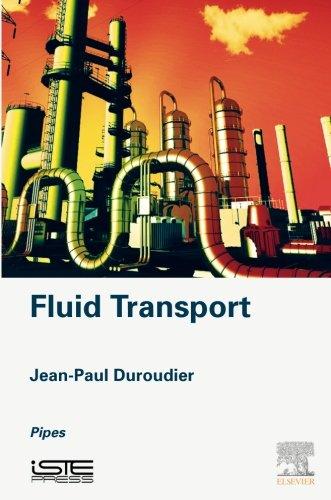

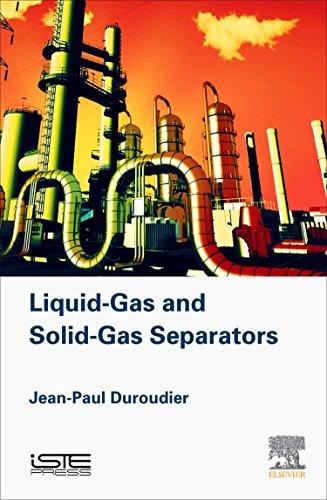
Drama: Stakes and Hazards
https://ebookmass.com/product/games-and-gaming-in-early-modern-dramastakes-and-hazards-caroline-baird/
ebookmass.com
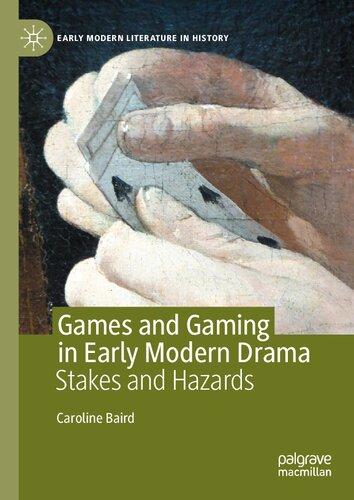
Revolutionary Beauty: The Radical Photomontages of John Heartfield Sabine T. Kriebel
https://ebookmass.com/product/revolutionary-beauty-the-radicalphotomontages-of-john-heartfield-sabine-t-kriebel/
ebookmass.com
Digital Forensics with Open Source Tools: Using Open Source Platform Tools for Performing Computer Forensics on Target Systems: Windows, Mac, Linux, Unix, etc – Ebook PDF Version
https://ebookmass.com/product/digital-forensics-with-open-sourcetools-using-open-source-platform-tools-for-performing-computerforensics-on-target-systems-windows-mac-linux-unix-etc-ebook-pdfversion/ ebookmass.com
What the Cat Dragged In (Whitman Street Cat Cafe #2) 1st Edition Kate Mcmurray
https://ebookmass.com/product/what-the-cat-dragged-in-whitman-streetcat-cafe-2-1st-edition-kate-mcmurray/
ebookmass.com
America's Philosopher. John Locke in American Intellectual Life Claire Rydell Arcenas
https://ebookmass.com/product/americas-philosopher-john-locke-inamerican-intellectual-life-claire-rydell-arcenas/
ebookmass.com
Citizenship: What Everyone Needs to Know® 1st Edition
Peter J. Spiro
https://ebookmass.com/product/citizenship-what-everyone-needs-toknow-1st-edition-peter-j-spiro/
ebookmass.com
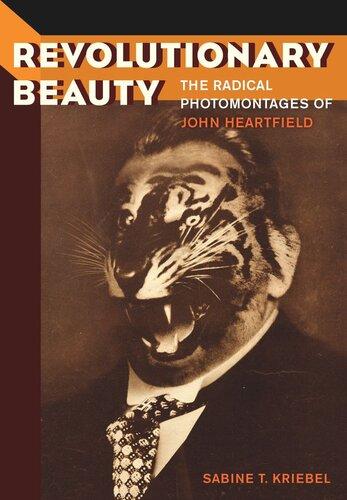
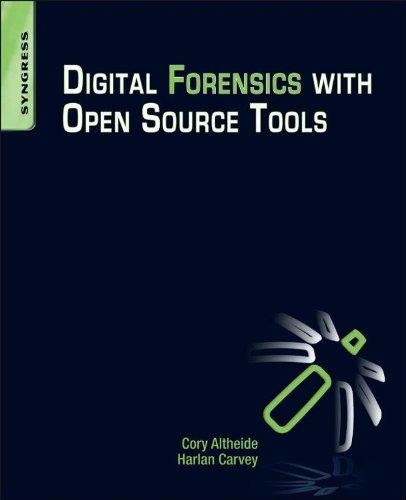

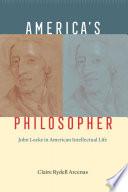

Solid–Solid, Fluid–Solid, Fluid–Fluid Mixers
There are no such things as applied sciences, only applications of science.
Louis Pasteur (11 September 1871)
Dedicated to my wife, Anne, without whose unwavering support, none of this would have been possible.
1.5.5.
1.5.7.
1.6.
1.7.1.
1.7.2.
1.7.3.
1.7.4.
1.8.
2.2.
2.2.1.
2.2.2.
2.2.3.
2.2.4.
2.2.5.
2.2.6.
2.2.7.
2.2.8.
2.2.9.
3.6.4. Dropping under the influence
3.6.5.
3.6.6. Effect of convection/shearing
3.6.7.
3.6.8.
3.6.9.
This page intentionally left blank
gain more in-depth knowledge about each subject if he/she so desires. In a reflection of today’s multilingual world, the references to which this series points are in German, French and English.
The problems of optimization of costs have not been touched upon. However, when armed with a good knowledge of the devices’ operating parameters, there is no problem with using the method of steepest descent so as to minimize the sum of the investment and operating expenditure.
This page intentionally left blank
Another advantage of the hyper-circulator is that, as its diameter is large, the product is set in motion in immediate proximity to the walls of the vat, even if its viscosity is high.
As a hyper-circulator is lighter than a propeller, it is reasonable for its diameter to easily reach up to 70% of the diameter of the vat, so the maximum diameter of the thruster would be 6 m, whereas for marine propellers, it is only 0.8 m. However, the torque that needs to be transmitted by the reducer to the motor is then significant, and that reducer is expensive. However, the additional investment is compensated by the saving in terms of driving energy, because the device turns slowly.
In the conditions of use of a marine propeller, the hyper-circulator only exhibits advantages, but only when the device is large.
The thruster with four palettes inclined at 45° from the horizontal is the less-advanced version of the two discussed above. If d is the diameter of the thruster, the breadth of the palettes is d/5 and their length is d/2. As this thruster has four blades instead of three, it provides better circulation than a hyper-circulator. On the other hand, its energy consumption – i.e. the shearing force engendered – is high.
It is possible to exploit the significant circulation associated with high shear force to disperse an immiscible liquid in another, even if the ratio of the viscosities of the two liquids is up to 105 and if the difference between their densities is up to 100 kg.m-3.
1.1.3. Radial thrusters (shearing)
The palette turbine has a disk whose diameter is ¾ that of the full thruster. Affixed to the edge are six vertical rectangular palettes whose length is d/4 and whose height is d/5 (d is the diameter of the full thruster).
The main use of this type of turbine is dispersion of a gas. The gas is injected through a corona shot with holes, laid beneath the turbine, which bursts the rising bubbles. The disk prevents the bubbles from rising along the axis without being divided.
The rotation speed can be chosen between 200 and 1500 rev.mn-1, as is the case with the bar turbines which we are about to examine.
These turbines can only be used in highly-fluid liquids. Indeed, the circulation they cause is only slight, and would be absolutely non-existent in a liquid that is even a little viscous.
Just like the palette turbine, the bar turbine contains a disk whose diameter is equal to 3d/4. At the edge of this disk, there are six welded radial horizontal bars whose length is d/4 and whose cross-section is square, with a side measuring d/20. Three bars are affixed to the top of the disk and they alternate with three bars fixed to the bottom.
This thruster is used to disperse an immiscible liquid into another. On this issue, it must be pointed out that if we wish to disperse a liquid A into a liquid B, both liquids must be arranged in the vat with the interfacial plane clearly identified, and we must immerse the thruster in the liquid chosen to be the continuous phase – here, liquid B. The thruster must be only a short distance – of the order of d/2 – away from the plane of the interface.
It is also possible to use this device to shred and disperse a fibrous solid into a liquid. In this case, we have a grinding turbine.
As the circulating power of shearing thrusters is poor, there is a danger that it will take a long time to obtain a satisfactory liquid–liquid emulsion. For this reason, we have to use an axial turbine.
1.1.4. Circulation in a stirred vat
In order to prevent the liquid simply traveling around with the thruster, the vat has four baffles whose breadth is 1/10 the diameter of the vat if the viscosity of the liquid is comparable to that of water. This breadth then decreases as a linear function of the viscosity, and is zero at 10 Pa.s.
For ease of cleaning, the baffles must be a distance equal to half the breadth of the baffles away from the wall.
Figure 1.1 illustrates the circulation of the liquid obtained with an axial thruster.
The points M and N are on a horizontal circle, the fixed disk, in the vicinity of which the liquid’s motion is very slight, if not non-existent.
Thus, we can say that axial thrusters are circulating thrusters and that radial thrusters are shearing thrusters. Indeed, the shearing effect exerted on the liquid is intense at the edge of radial thrusters.
1.1.5. Maximum shear
Consider (in cylindrical coordinates) the Navier equation pertaining to the orthoradial velocity, as given in Brun et al. ([BRU 68] Vol. III p. 219). If we operate in the plane of symmetry of the thruster, if the regime is permanent and as the symmetry is symmetry of revolution, simplifications can be made, and this equation is written:
This equation takes a completely different form depending on whether we are in a plainly laminar or a plainly turbulent regime.
1) Plainly laminar regime
This is the case if the kinematic viscosity υ is greater than 1 m2/s. Only the right-hand side of the previous equation remains, and after integration, it can be written as:
Let us integrate once more:
Uθ increases indefinitely with r, and the product tends to rotate in a clump along with the thruster. However, a kinematic viscosity of 1 m.s-2 corresponds to a dynamic viscosity of 100 Pa.s. This type of product is treated in a mixer (which is also useful for products whose viscosity is greater than 200 Pa.s).
2) Plainly turbulent regime
In the turbulent regime, the velocities undergo random fluctuations, and we can posit:
The overlined letters represent mean values over time, and the lowercase letters represent the fluctuations.
As the product is highly fluid (υ#10-6 m2/s), only the left-hand side of the Navier equation remains:
Let us take the mean of the terms in this equation over time. The mean of the fluctuations is null, as is their derivative from r. Hence:
The maximum shear is then (if r is the half-diameter of the thruster):
By looking at the figure on page 200 of [UHL 66], Vol. I), we can see that, at the periphery of a radial turbine:
The maximum shear equation gives us:
NOTE.–
Similarly to with centrifuge pumps, we can define a discharge height:
g is the acceleration due to gravity.
1.2. Power consumed and recirculation rate
1.2.1. Dimensionless numbers
1) The Reynolds number
The Reynolds number is the ratio of the stopping pressure (due to the kinetic energy) to the shear stress due to the viscosity.
The stop pressure is the difference between the pressure levels exerted on a membrane depending on whether that membrane is perpendicular or parallel to the flow of the fluid.
Indeed, in the turbulent regime, the mean velocities over time at all points in the vat are proportional to the product Nd.
N: rotation frequency: rev.s–1
d: diameter of the thruster: m Thus:
